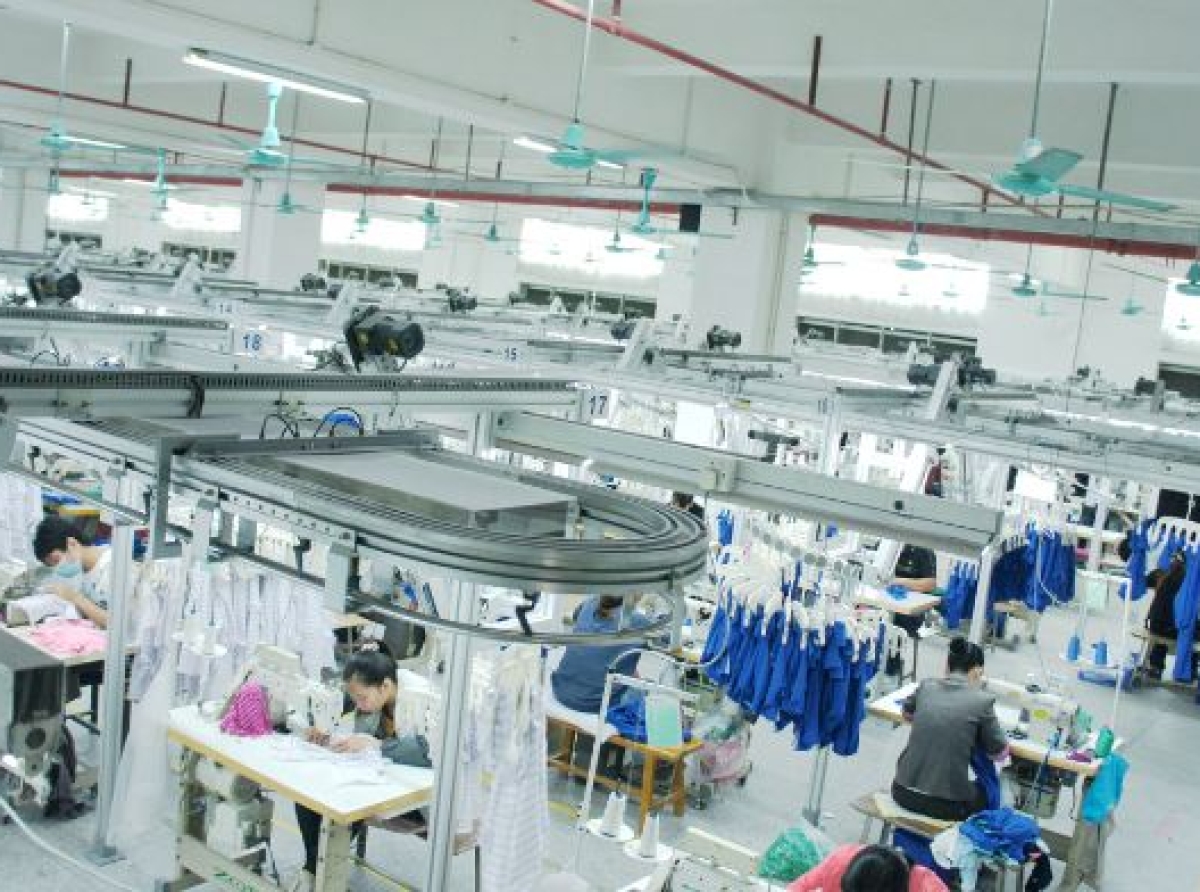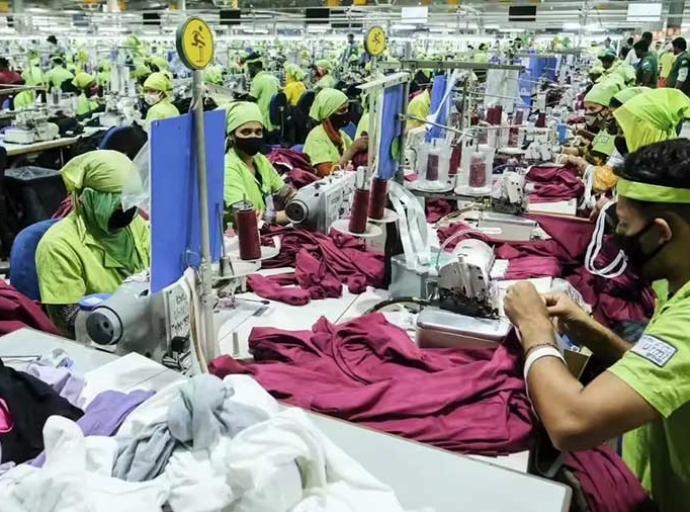04 March 2023, Mumbai
At the outset, it is imperative to state that the expanding market presents many investment prospects in the apparel/clothing industry.
The caveat is that finished products should always meet the buyer's quality expectations/desires and design specifications & apparel/clothing manufacturers must be competitive and compliant; given the intensifying worldwide competition with nonconventional optimization methods and, hands-on approach adaptable to the apparel processes as evidently you cannot spray and pray.
We go through the nine crucial elements to the success of any firm engaged in garment/clothing production. Operating as efficiently as possible is necessary for success and helps profitability if maintained.
Efficiency Room
Even after providing more excellent compensation to employees through production incentives, it is predicted & enumerated that an improvement of 10-15% in efficiency can lead to a 3-5% gain in EBITDA. Also, adequate apparel/garment manufacturing infrastructure boosts a nation's allure in the international market, bringing in larger orders and improving the workforce's prospects of earning a living income.
Pump priming the manufacturing process; Compliance upholds legal requirements for an organization's workers' welfare, health, and safety as apparel/garment factories that will well-take care of the workforce and invest money on emergency equipment so to say will construe to 'working conditions appropriate' or what you call the 'fit and proper' organization.
The focus of buyers worldwide is on finding ethically produced items from garment manufacturers, and many, like H&M, C&A, Zara, and others, demand traceability.
The world cannot fragment
In addition, the Indian government has established several compliance standards in labor, social, and environmental compliance. As a result, adhering to the accepted production standards has become one of the crucial success criteria for any garment manufacturing firm that seeks to serve worldwide consumers.
Even though compliance is now vital, a new investor may need help understanding the needs of international companies.
In these situations, a garment manufacturing consultant may assist investors in designing a compliant garment factory that satisfies the various standards as early as plant planning so as not to feel the heat.
Factory layouts and important infrastructural properties
The physical organization of industrial facilities, such as sewing machines, storage systems, and supporting fixed assets, is called a factory layout. A well-designed design should minimize material and labor movement and be the physical arrangement that saves the most space.
Creating an effective plant architecture delivers 10–12% space savings while facilitating seamless workflow throughout the manufacturing process. A factory with an efficient layout also adheres to several compliance standards, including regulations for the environment. As a result, planning an effective industrial architecture that is both compliant and productive is essential.
Historical perspective
Through the years as the world of manufacturing starts to see diminishing resources, signs of global warming, and actual effects of climate change leading to administrations responding to these challenging macroeconomic regulations pushing & enforcing manufacturing businesses to make conscious efforts to lessen the impact their processes leave such as reducing the waste of the processes amongst multiple steps required on their path to achieving sustainable (cleaner) production as a part of environmental considerations.
No gainsaying that the obligatoion to reduce production costs to be able to compete with other manufacturers is a business imperative today.
Technological innovation
Technology has become integral to any business in our changing world. Clothing producers must introduce technology innovations promptly to maintain product quality and continue business development. The majority of the time, an automated system lowers the need for manual intervention, which results in immediate cost savings since labor expenditures are reduced.
Better quality, energy savings, fewer breakdowns, and inventory management are other advantages of automation in addition to eliminating human labor. Technology is typically thought to refer to sophisticated machinery with robotic systems.
Future resilience; Basic automation bringing value can benefit to great extent using folders and guidelines as a best-in-class practice. Technology also includes software with applications in real-time data analysis, visual fits, and supply chain transparency. It is not simply restricted to automated sewing machines. Yet, not all garment production setups may incorporate technology similarly.
Because not all product categories and production arrangements would benefit from a highly automatic machine, the amount and kind of automation should be carefully considered. It should be carefully considered because it directly affects capital expenditure and operational costs so that it does not jettison the process of growth.
Redefining the manufacturing paradigm; Adopting Good Manufacturing Practices (GMP) in the apparel sector and adapting/embracing technological innovations as a way of life are only bound to enhance conspicuously efficiency, sustainability, and competitiveness in this industry.
Good manufacturing practice (GMP)
In summary; Suffice it to say it is absolutely paramount for enabling safe and high-quality products and establishing strong quality management systems, for any healthy society and nation.
Fundamentally holy-grail of Good manufacturing practices (GMPs) in the apparel sector is the criticality & merit it assumes enabling the utmost product safety, and quality adherence, with the underlying objective of meeting &, possibly exceeding meaningful customer satisfaction, besides maintaining all-time implied industry standards and compliance.
There is a business case to articulate in this article that the positive fallout of GMP is the process that guarantees improved efficiency, checks waste & wasteful processes and, it is a well-known fact today that it is poised to lead to a meaningful gainful proposition for consumers and manufacturers alike.
Staying ahead of the curve; Proud to say that it is a system for ensuring that manufacturing products are consistently produced in the manner that the basic operational and environmental conditions required those adhering to the framework/guidelines recommended by relevant agencies consisting of processes, procedures, and documentation and structurally controlled system and mechanisms as there can be multiple tricks in cogwheel implementing the pre-conditioned quality standards in the direction of implementing good manufacturing practices in the apparel sector.
Globally as a case in point, there are great examples of some of the envious players engaged in Good Manufacturing Practices (GMPs) in the Apparel Sector to lead from the front as trend-setters are likes of Nike, Patagonia, and H&M, amongst many.
Latest Publications


































